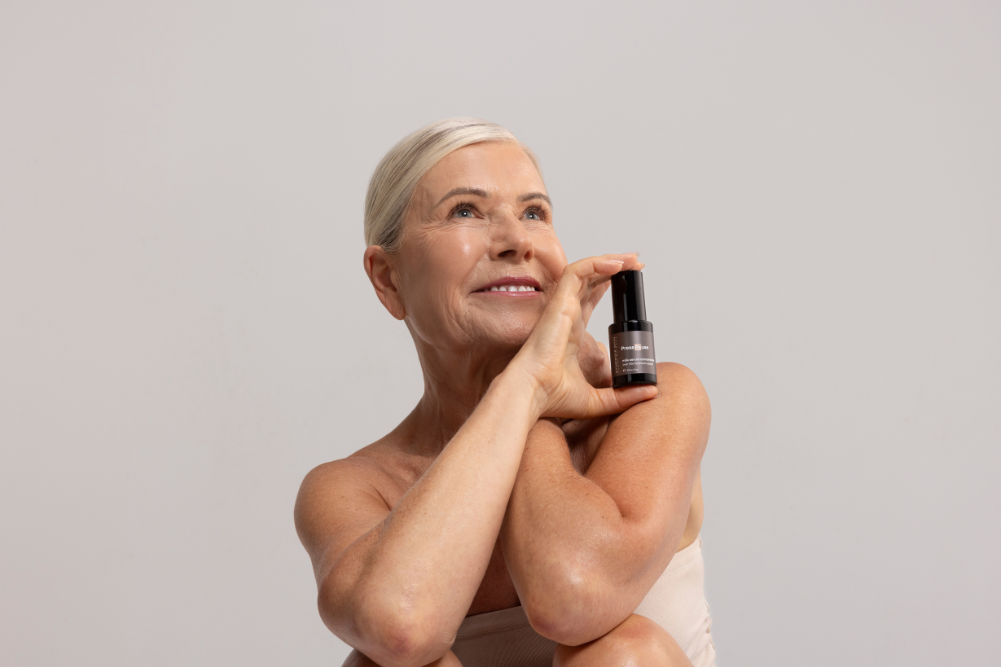Untested medicines
On 31st August, 2011 the Australian National Audit Office released its report into the administration of complementary medicines in Australia. That report made a series of recommendations regarding the processes of the Office of Complementary Medicines that is run by the federal body the Therapeutic Goods Administration (TGA). On 6th September The Age reported that as part of its response the TGA has said that it is “actively considering†requiring most complementary medicines (herbs, nutritionals, functional foods) to put “untested†on their label. Of course, such a possibility has gained much attention and it needs to be addressed.
In saying that complementary medicines are “untested†the TGA is comparing them to pharmaceuticals which go through clinical trials. Is it true though to say that complementary medicines such as herbs are “untested�
Professor Marc Cohen is Professor of Complementary Medicine at RMIT University and is a Board Member and Past President of the Australasian Integrative Medicine Association. Cohen says, “To put the word ‘untested’ on every label is not true and it’s not informative. I think it’s great to put more information on labels if it’s going to help people. For a long time I’ve been advocating that companies to be able to link clinical research where it exists to their actual products. That would give incentive for companies to do research but at the moment there is no incentive to do research because they can’t even put it on their label.â€
Steve Ward is Managing Director of Third Lever Pty Ltd, a consultancy providing quality assurance, supply chain, and regulatory advice to the complementary medicine industry. According to Ward, “What concerns me is the use of the term ‘untested’. The implication of the word generally is that there is no analytical testing done on complementary medicines. To a consumer, this would imply there is no quality control on the products, which is grossly incorrect.â€
Ward is making the point that complementary medicines do undergo extensive quality control and batch testing. The issue of simply putting “untested†on a label though, becomes increasingly complex as the word is not especially specific or descriptive. As Professor Marc Cohen says, “When you say something is ‘tested’, tested for what? To say, ‘Does St John’s Wort work?’ is a meaningless question. Whether St John’s Wort works for mild to moderate depression in a specific population, that’s a question you can answer. By that definition lots of pharmaceutical medicines are untested. There’s no testing for antibiotics in treating viral flu. It’s not tested for that. There are many ‘off-label’ uses for pharmaceutical medicines that are not tested. So to drive a wedge between pharmaceutical products and complementary products and say that one are tested and one are not, is great for the pharmaceutical industry but it is a false divide and does not provide quality information that helps the consumer make an informed decision.â€
To say that herbs for instance, are untested is also simply wrong. According to Cohen, “To say that herbs are untested belies that they’ve had generations of empirical evidence and testing. In my book with Leslie Braun we document tens of thousands of studies going from the lab to animal studies to clinical trials as evidence for herbs and natural supplements. To say that they are untested is actually incorrect.†As Steve Ward says, “The use of a generic term such as ‘untested’ would be both confusing and misleading to the general consumer.â€
As far as the ANAO report, there was no mention in that of any need for an “untested†disclaimer on complementary medicines; that idea has come from somewhere within the TGA. What the ANAO report did do was reference a study of 31 complementary products of which 90 per cent did not fully comply with regulations. However, these products were from a “post-market review†group. These “post-market review†products are those which have already had complaints made about them, so they are hardly a representative sample of the complementary medicines available. As Ward observes, “The post market review group is already a risk based assessment to start, so that the target group, in reality, is already the high risk group of products.â€
Additionally the issue of “testing†itself is not as simple as the advocates of an “untested†label might suggest. The scientific approach to testing includes in-vitro studies, case reports, randomised controlled trials (RCTs), and reviews (or meta-analyses). RCTs have been regularly performed only since the 1950s and they are a costly and time consuming process. The lack of patent protection for complementary medicines because they are naturally occurring means that the return on investment would be poor for companies conducting RCTs. This leads to an inevitably smaller amount of scientific research done on complementary medicines (although there are still tens of thousands of studies available).
It is also important to realise that a lack of clinical evidence for a particular effect does not mean that the effect does not happen. The fact that clinical trials have not been done to show that the sun rises, does not mean that it does not rise.
Another issue is the fundamentally different paradigms under which orthodox and complementary medicine operate. Pharmaceutical medicine treats disease whereas much of complementary medicine is involved in maintenance of health. In a clinical trial setting it is possible to define parameters of disease and then measure how a medicine impacts those parameters. By contrast, health and wellbeing is a highly individual state and it is virtually impossible to provide strict measures of moving from “moderate health†to “optimal healthâ€.
To even contemplate saying that complementary medicines are untested shows a lamentable lack of awareness of these shades of grey that surround the issue.
Finally, as part of the general indictment of complementary medicines the article in The Age quoted figures of 39 adverse reactions and two deaths resulting from complementary medicines over the past two years. Any death or adverse event is regrettable but as Professor Marc Cohen says, “I would say that is a stellar safety record. There would be many hundreds if not thousands of deaths due to food. In Australia there are tens of thousands of adverse effects from pharmaceuticals every year. Complementary medicines in those terms are safer than food which is safer than pharmaceuticals.â€
So where does that leave us? It leaves us wondering where the TGA is coming from with its floating of an idea to put “untested†on complementary medicine labels. What it leaves us concluding is that the TGA is coming from a pharmaceutical mindset when it thinks about medicine. This is unfortunate given that more than two thirds of people in this country use complementary medicine and the complementary medicine sector continues to grow at around 5.6 per cent each year compared to only 3.5 per cent growth for the health sector as a whole. If the TGA wants to be a useful part of the integrated medical future of this country, it needs to evolve that mindset.
Meanwhile if you visit Meijer Ad that contains mostly likewise discounts with Winn Dixie Ad you surely have a range like ALDI Ad.







